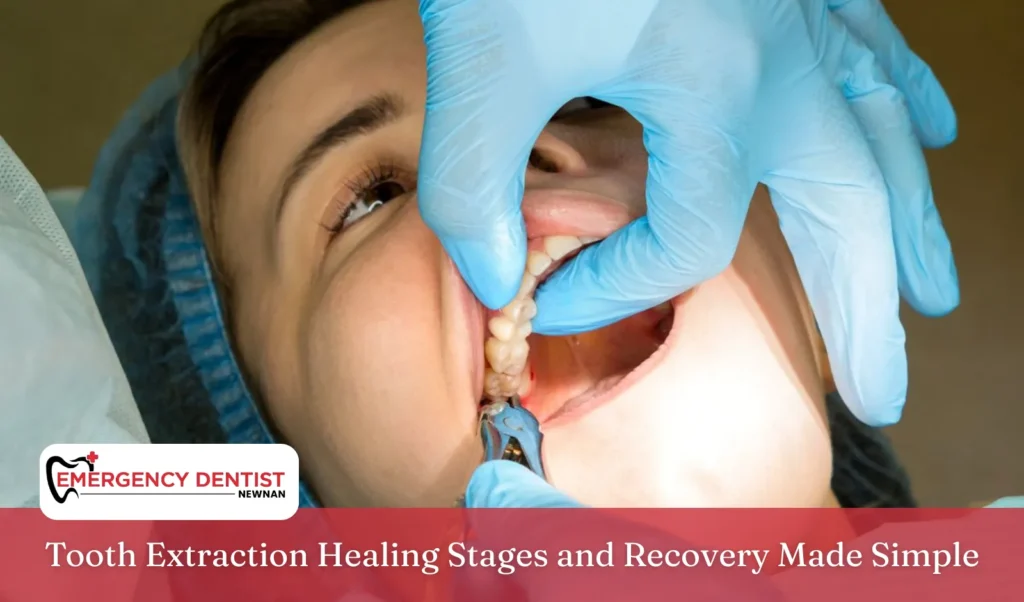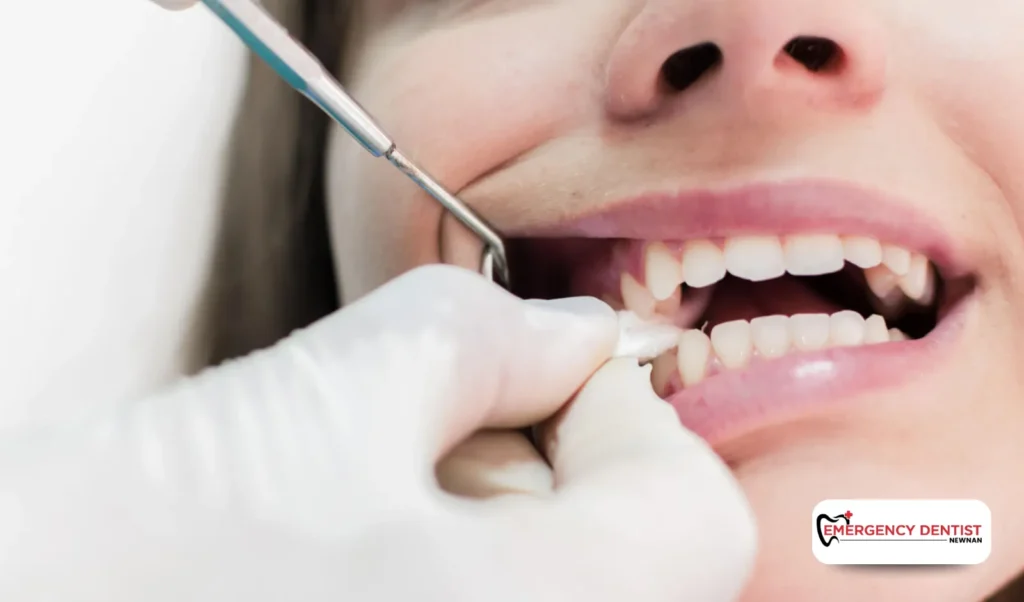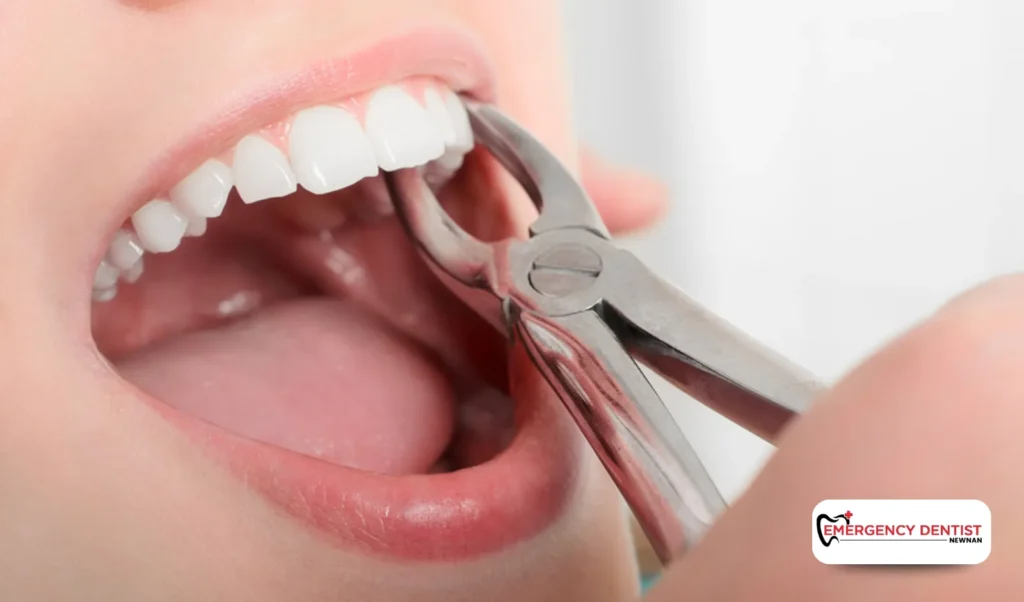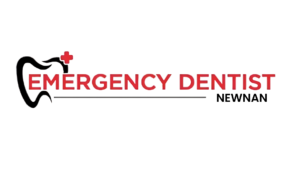Tooth Extraction Healing Stages and Recovery Made Simple

Having a tooth removed can feel overwhelming, but learning about the tooth extraction healing stages helps make recovery smoother and less stressful. Whether it’s a simple extraction or a surgical procedure, understanding the healing process allows you to protect your oral health, prevent complications, and feel more comfortable during recovery. For urgent needs, an Emergency Dentist in Newnan can provide quick relief and professional care.
The Healing Stage of Tooth Extraction
Healing after an extraction happens step by step, and each healing stage of tooth extraction matters. Right after the tooth is removed, a blood clot forms in the socket. This clot covers the exposed bone and nerves while creating the base for gum tissue and bone repair. Without it, the healing process would be delayed.
During the first few days, you may notice pain and swelling, which is completely normal. At this stage, your body begins repairing the soft tissues surrounding the tooth socket. Discomfort can usually be managed with prescribed or over-the-counter pain relievers. Applying a cold compress can also help reduce swelling and ease tenderness.
By one to two weeks, the extraction site should begin closing and new tissue will be forming in the socket. The gum tissue starts covering more of the area, while pain and swelling decrease. The final phase of healing may take several weeks, during which the jawbone fills in until the site is fully healed. Healing times vary depending on your health and the complexity of your procedure.
Avoiding Dry Socket
One of the most common risks after a tooth removal is dry socket. This occurs when the blood clot that forms is dislodged or dissolves too soon, leaving the bone exposed. Without this protective clot, the healing process slows down, often causing severe pain and swelling, and sometimes infection.
You may accidentally dislodge the blood clot by sipping through a straw, rinsing too vigorously, or spitting forcefully. Smoking is another major factor, as it reduces circulation and delays healing. Poor brushing and flossing habits may also increase your risk. If you experience sharp or throbbing pain a few days after extraction, it’s important to contact your dentist immediately.
Supporting the Healing Process

To stay on track, focus on protecting the clot and minimizing irritation. After the procedure, your dentist will place a gauze pad over the site. Bite down gently for about 15 minutes to help stop bleeding and stabilize the clot.
Rest and avoid disturbing the extraction site during the first 24 hours after the extraction. Apply a cold compress to the outside of your cheek in short intervals to reduce swelling. Stick to soft foods, and avoid chewing on the side of the extraction. Continue brushing and flossing your other teeth to maintain good oral hygiene, but stay away from the socket. Once your dentist approves, gently rinsing with warm salt water can help keep the area clean and aid the healing process.
If discomfort persists, take recommended pain relievers. Following these steps helps your oral health improve as tissues and bones continue forming in the socket.
Key Do’s and Don’ts After Extraction
For a safe and smooth recovery, keep these points in mind:
- Do protect the blood clot form and follow your dentist’s instructions.
- Do replace the gauze pad as directed and rest on the first day.
- Do use an ice pack to control pain and swelling during the first 24 hours.
- Don’t smoke, since it raises the risk of dry socket and slows the healing process.
- Don’t rinse aggressively or spit forcefully, as this may disturb the clot forming in the socket.
By following these do’s and don’ts, you’ll help your gum tissue heal faster and more effectively.
Severe Pain or Bleeding After Extraction?

While mild soreness, pain and swelling are expected in the first few days, some warning signs should never be ignored. If you notice heavy bleeding, severe pain that does not improve with pain relievers, or possible signs of infection such as fever, swelling that worsens, or a foul odor, act quickly. These symptoms may signal complications that interfere with the healing process.
Always contact your dentist if something doesn’t feel right. For urgent needs, an Emergency Dentist in Newnan can provide immediate care to ease discomfort, stabilize the extraction site, and keep your oral health on track.
Conclusion
The healing stage of tooth extraction takes patience, but with proper aftercare, recovery becomes much easier. Protect the blood clot that forms, keep your gum tissue healthy, and carefully follow your dentist’s instructions. Be gentle with brushing and flossing, and always avoid smoking. Simple steps like keeping a gauze pad in place for about 15 minutes, applying a cold compress to reduce swelling, and taking pain relievers when necessary will help.
By avoiding habits that risk disturbing the extraction site and focusing on good aftercare, you’ll ensure proper healing. With consistency and patience, you’ll return to your normal daily routine sooner while protecting your oral health and keeping your smile strong for years to come.



